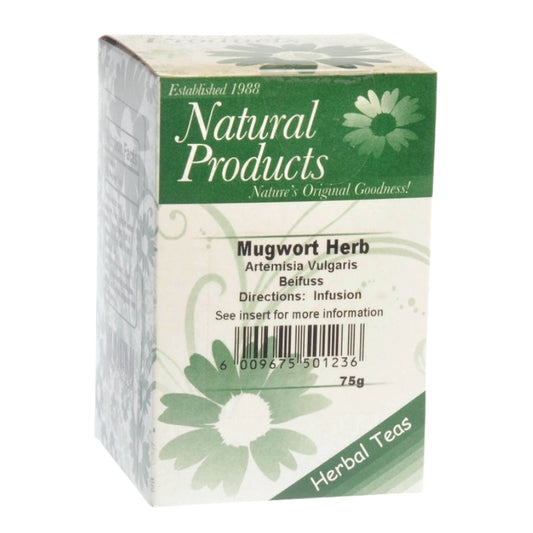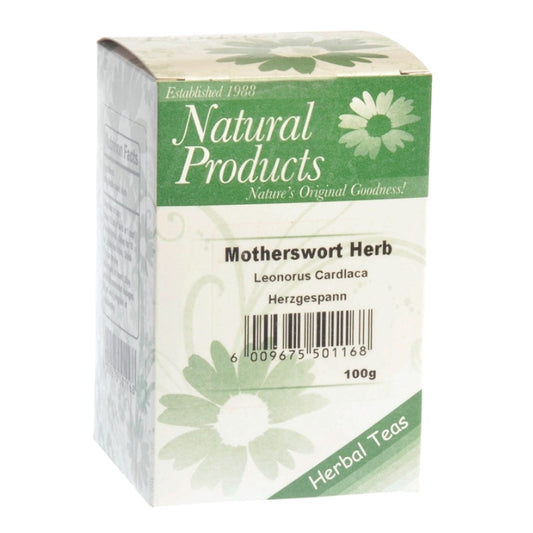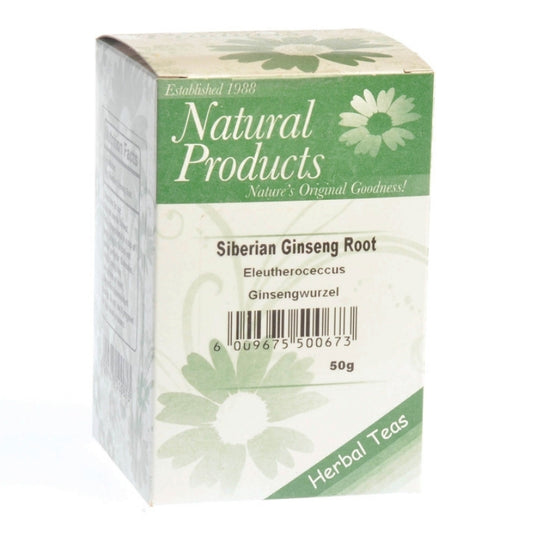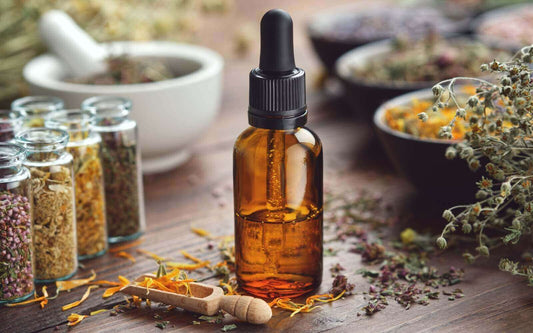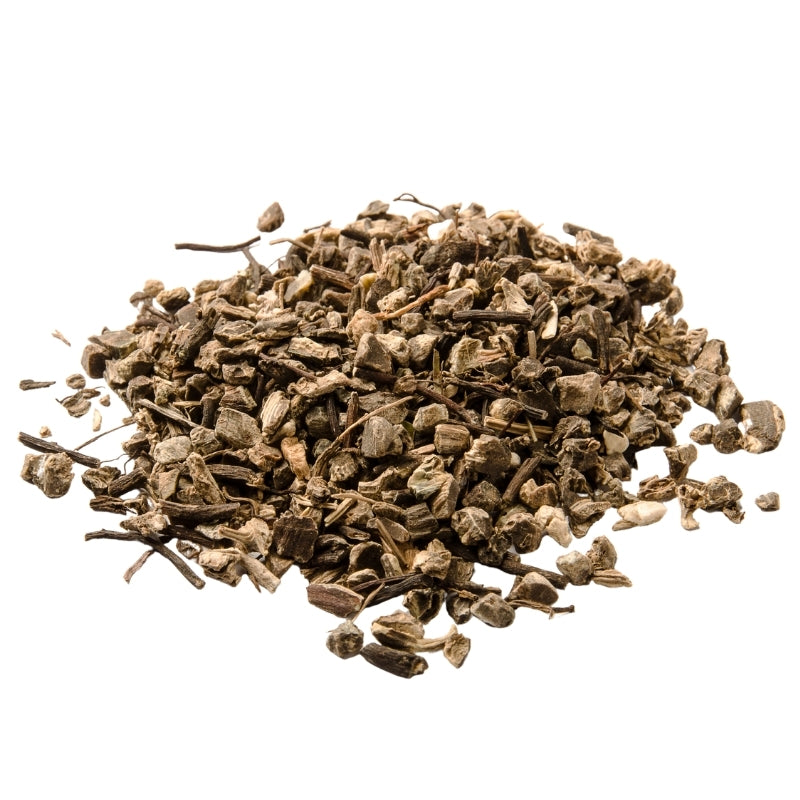
Burning out before your eyes: Why Women are exhausted in their midlife
Aiden van WykOne Winter Tuesday evening my mom was driving home from work - she works in Town, so it was quite a drive - and when she arrived, she was in tears. Confused, the family approached, asked what happened and what she described was a panic attack. A sudden and intense panic attack.
Look, in our house we are open and understanding of mental health episodes - my emergency stash of anxiety medication is in the kitchen. The scary bit is that this seemed completely random. There was no obvious trigger while she was driving. It even impacted her vision. She was shaking and hot.
Something had just biologically changed within her.
Anxiety and aging in women
Did you know that statistically speaking, women are twice as likely to experience anxiety as men, particularly during perimenopause and menopause? Some may see this as purely emotional or social issue, but in many cases - especially when it happens suddenly - biochemistry plays a major role. This makes it easier to clinically understand and approach. Oestrogen is the major hormone in the female body, regulating the production of serotonin, GABA, dopamine and oxytocin. These neurotransmitters are what calm the nervous system. This means that when oestrogen levels begin to decline, women become more vulnerable to panic attacks and anxiety disorders as their mood regulators decrease too.
The Vagus Nerve Link
The Vagus Nerve is the longest cranial nerve, connecting the base of your brain to your internal organs. It regulates the unconscious parts of your body like heart rate and digestion - while systematically it can be viewed as regulating whether you're in fight-or-flight mode or rest-and-digest mode.
People with high Vagal Tone (meaning a well-functioning Vagus Nerve) tend to have a lower resting heart rate, healthy digestive function, and better regulation of inflammation. High Vagal Tone is also linked to faster recovery from stress and improved cognitive performance, including better memory, attention, and executive function.
In contrast, low Vagal Tone (meaning reduced Vagus Nerve activity) is associated with a higher incidence of depression, fatigue, and impaired stress resilience.
The Vagus Nerve and Menopause
When oestrogen levels are low, the Vagus Nerve become less active, activating the fight-or-flight response for longer. This makes it feel like you're on the edge, and are more reactive to stress, leading to symptoms like:
- Heart Palpitations
- Digestive Issues
- Panic Attacks
- Social Withdrawal
Why many women feel trapped in their bodies:
Many are constantly on high alert, their nervous system stuck in overdrive - as if danger is always nearby. Pumping with cortisol and burning resources - every itch feels like a burn, every risk like stepping off a cliff, and the worst part? It's not a sensation that's easily verbalised; both due to it's complexity and the, unfortunately all too common, societal push-back one can receive in trying to voice such concerns.
If this is you, it's not just in your head. You're exhausted - burnt out. You need a break. But how do you take a break from your physiology?
Should you see a Dr?
For many women, supplements and self-care may be enough to keep anxiety at bay, but if your symptoms are severe and persistent, we strongly encourage you to consult with a healthcare professional. Anxiety can be just as real, and serious a medical condition as high blood pressure, and deserves the same level of care and management. If you have an existing health condition or take medication, it's especially important to speak with a doctor before using any supplements.
How to give yourself a break -
To feel relief from this and fill up our own cups, we can aim at both the nurturing the Vagus Nerve and assisting Oestrogen levels.
Calm the nervous system
The Vagus Nerve connects the body and the mind. There are activities that we can do to stimulate the one, and cause a like response in the other. Regular exercise that gets the heart pumping, cold exposure as a physiological reset, meditation, and even just deep breathing, has all been found to improve Vagal Tone.
My favourite breathing exercise is this: breathe in deeply through your nose, filling your lungs as much as possible - then try to take in just a little more. Hold for a moment, then slowly exhale through your mouth, as if you're gently deflating. I find this calms me down almost instantly - I call it the "Top up" :)
Support digestion
Nurturing your gut is nurturing your mind. You are letting your body know that it is safe and supported. Not only this, but the gut metabolises oestrogen in women and produces up to 90% of the body's serotonin - which directly affects anxiety and mood. Yet, modern diets have left many of us struggling with damaged microbiomes.
To support your gut focus on eating whole, nutrient dense foods and promoting gut health:
- High-fibre foods - Vegetables, fruits, and legumes feed beneficial gut bacteria.
- Healthy fats - Nutritional oils, avocados, and seeds are essential for nerve function.
- Protein - Lean meat, fish, eggs, and tofu support neurotransmitter production.
- Prebiotics - Foods like onions, garlic, leeks, bananas, asparagus, and oats help beneficial bacteria thrive.
- Fermented foods - Kimchi, sauerkraut, and yogurt introduce probiotics to support gut balance. If your diet lacks these, consider using a probiotic supplement.
You can also reduce inflammation and damage in your gut by minimising highly processed foods, artificial sweeteners, excessive alcohol intake, and caffeine. Additionally, ignoring food intolerances, - like lactose intolerance or gluten intolerance - doesn't just cause discomfort; it can lead to chronic inflammation in the gut. Herbs like Marshmallow Root, Slippery Elm and Liquorice Root can reduce inflammation, support digestion, and promote gut lining integrity.
Lastly, reconsider your relationship with food itself and building healthy eating habits that can further support digestion and vagal tone. Intermittent fasting allows your gut time to reset and repair, while chewing slowly helps activate digestive enzymes for better nutrient absorption (and is an opportunity for mindfulness). Certain teas like Ginger, Chamomile and Peppermint can help with indigestion and relax the gut muscles.





